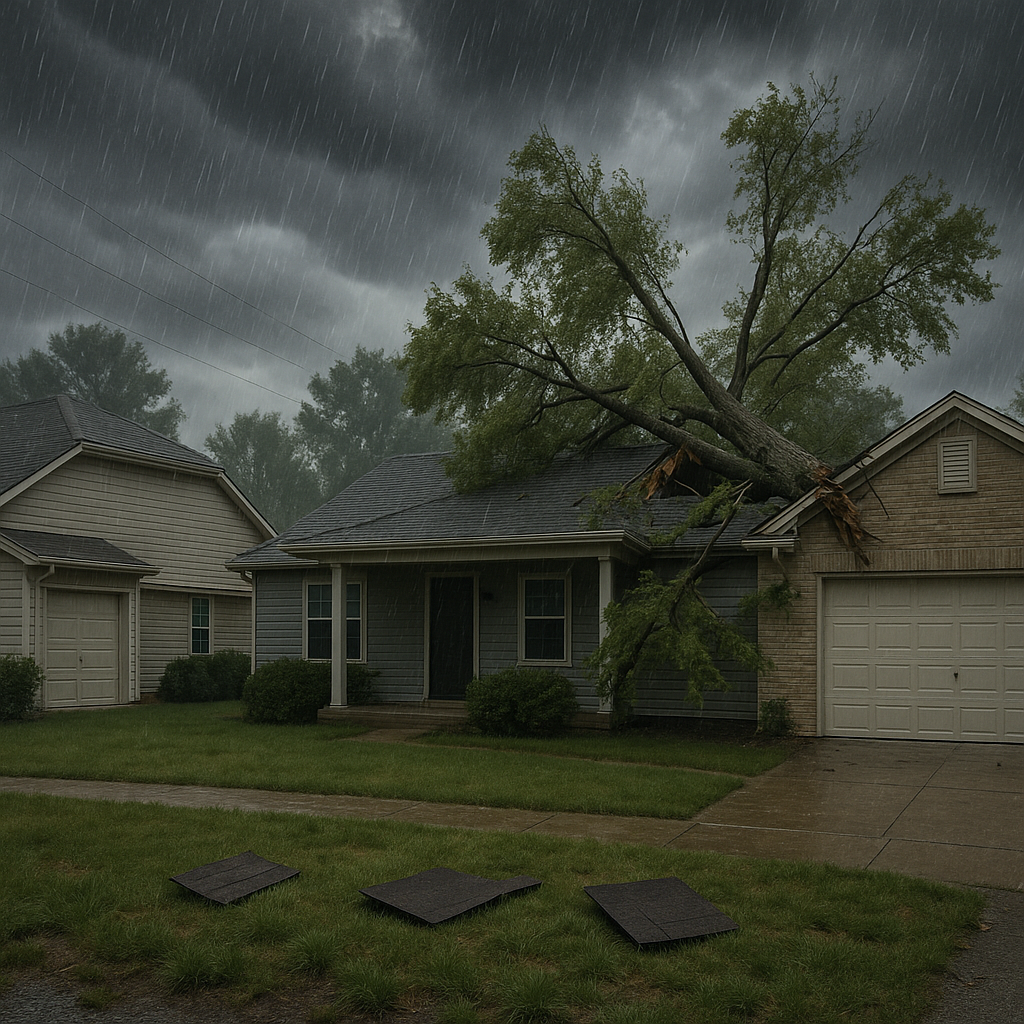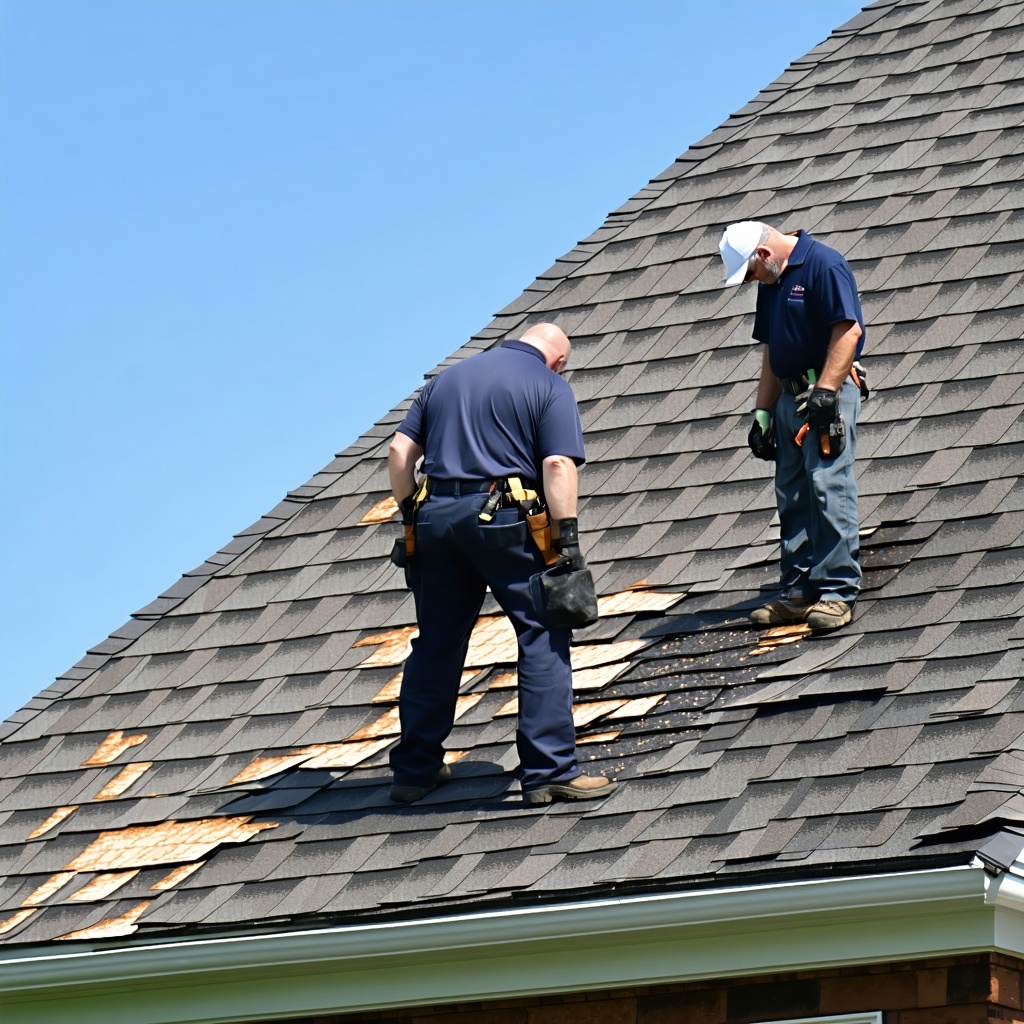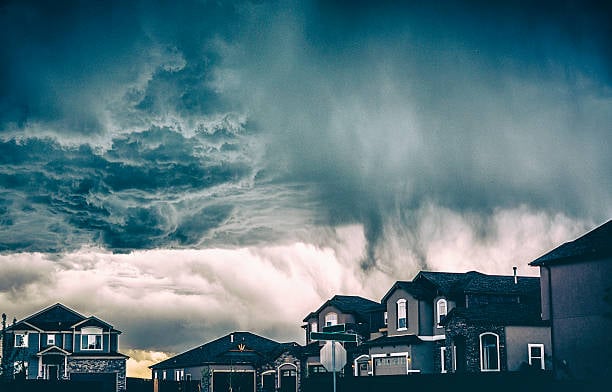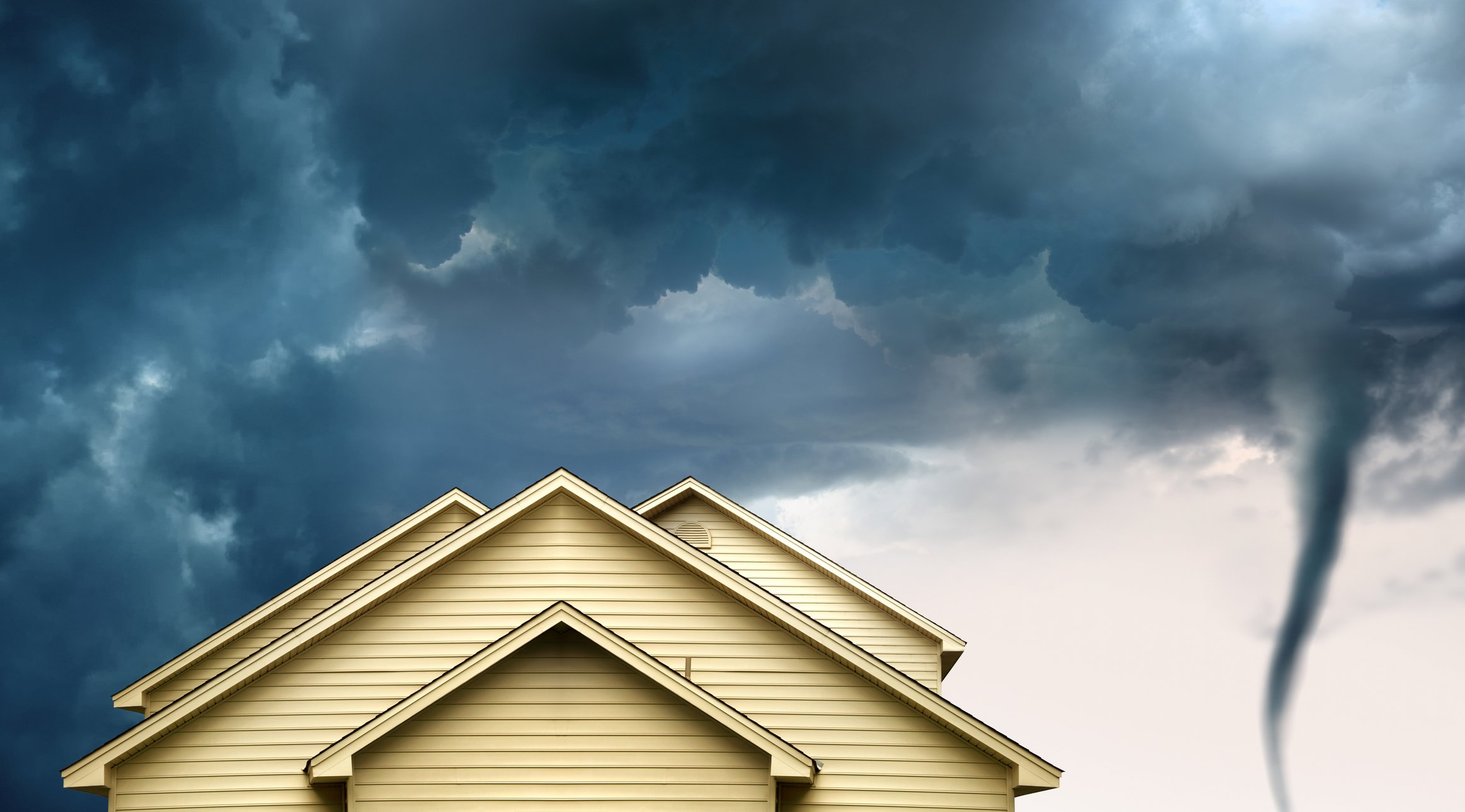Protecting Yourself Against Roofing Scams: Fake Wind Damage
October 22nd, 2024
3 min read
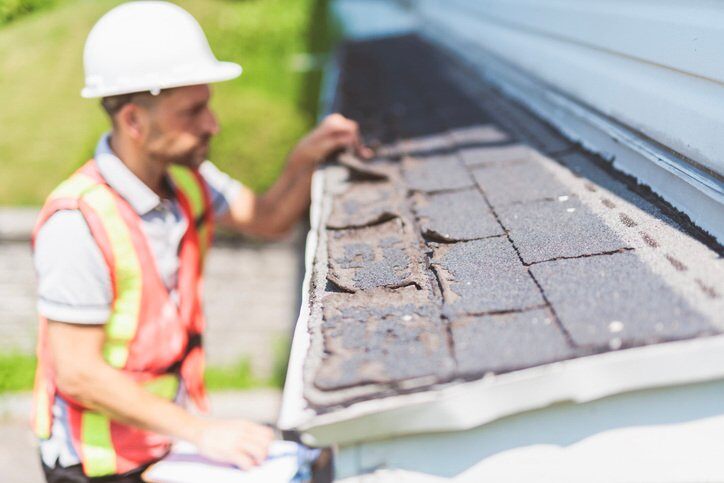
Do you need a new roof, but feel worried you may fall victim to a roofing scam?
Unfortunately, there are a number of roof scams out there that fly under the radar. Some are so sneaky that the average homeowner might not realize they’ve called the wrong roofing contractor for an inspection.
In an effort to avoid learning the devastating news that a roofer tampered with your roof unnecessarily, we’d like to inform you about a common roofing scam in Myrtle Beach. We call it “manufactured wind damage”.
Essentially, it’s damage purposefully created during a roof inspection by a roofing contractor who wants you to file an insurance claim. The main problem is that insurance companies have become keen to this practice – leaving you with unnecessary damage on your roof and possibly a denied insurance claim.
Here, we’ll reveal the key signs of falsified wind damage on a roof and tips on how homeowners can protect themselves.
Sign #1 of Fake Wind Damage on Your Roof: Abnormally Creased & Curled Shingles
For the most part, real wind damage from nature’s elements is a good reason to file an insurance claim. Especially because this type of damage can ultimately cause more serious interior damage that can impact the integrity of your entire home if left unresolved.
However, we’ve noticed that fraudulent roofers typically try to mimic this in a way that is not consistent with true wind damage.

Examples of manufactured wind damage |
As you can see in the righthand photo, a fraudulent roofer may rip up the edges of a shingle. Resulting in a crease line that runs diagonally. This type of shingle creasing is not consistent with organic wind damage. You may also find creasing in the middle of the shingle. Because architectural shingles won’t bend in the center of the shingle without being forced, something like what’s pictured below is not likely to happen naturally.

Example of center creased shingles |
|
True wind damage usually lifts the entire shingle, not just its edges. It’s more likely to look like the photo below. When a shingle detaches because of wind, it will flap back and forth and eventually detach from the roof.
Example of true wind damage |
Some insurance companies are familiar with this tactic and can reject diagonal creases on architectural shingles as architectural shingles do not bend this way naturally, signaling that the damage was possibly fabricated.
Sign #2 of Fake Wind Damage on Your Roof: Mat Transfer
Mat transfer occurs when a shingle is forcibly lifted, causing part of its material to adhere to the tar below.

Example of mat transfer |
Unlike natural wind damage, which doesn't cause mat transfer, fraudulent damage involves deliberately pulling up shingles, resulting in this telltale sign. In normal instances of wind damage, the bond line comes loose from wear and tear over time.
For homeowners, spotting mat transfer is crucial as it could lead to a denied insurance claim and costly out-of-pocket repairs.
Sign #3 of Fake Wind Damage on Your Roof: Random Patches of Damage
Genuine wind damage typically follows predictable patterns based on wind direction and speed. Outside of a hurricane, wind damage usually affects two slopes where wind forces are most concentrated. Inconsistent patterns often suggest tampering rather than natural damage.
Sign #4 of Fake Wind Damage on Your Roof: Unusual Cracking in Shingles
Older or brittle shingles become stiff. Because of this they can crack when tampered with, especially around tar lines. Roofers attempting to simulate wind damage may inadvertently crack older shingles in areas where wind damage wouldn't typically occur.

Example of unusual cracking from manufactured wind damage |

Example of true wind damage |
Knowledge is Your Best Protection Against Roof Scams
So what can you do to prevent roofers from fabricating damage on your roof? How can you best protect yourself from roofing scams?
You’ll want to:
- Compare roofing contractors: Looking into the reputation and longevity of the roofing companies you’re considering can help you pick out the roofers who may be less trustworthy than others.
- Watch your roof inspection: By watching your roof inspection you become an active participant in protecting your home. Not only does it hold the roofer accountable, but it may also help you understand the natural condition of your roof.
- Ask for photo documentation: Roof damage occurs over time. When you’re getting multiple estimates, ask for photo documentation, as the condition of your roof should not change dramatically between inspections. Photos allow you to see if there have been any changes made to your roof.
Many homeowners might not recognize the signs of tampered damage and could be tempted to file an insurance claim they didn’t originally need to. By recognizing suspicious damage such as curled shingles, mat transfer, inconsistent patterns, and unusual cracking, you can avoid falling victim to fraudulent claims.
Partnering with trustworthy professionals and staying vigilant during roof inspections will ensure the integrity of your roof and your insurance claims, saving you from unnecessary expenses and stress.
Jeffrey Linta is a 3rd generation roofer who grew up working in his family's roofing business (Linta Roofing, Inc.). He got his start tearing off roofs during the summer while attending North Myrtle Beach High School. Now running one of the most successful roofing businesses in the Grand Strand area, Jeffrey has lived and breathed roofing for his entire working career. Some of his accolades include GAF Master Elite Contractor, SC Safehome certified contractor, Group 5 SC Licensed Commercial Contractor, and GAF Master Commercial roofing contractor. Under his leadership, Linta Roofing, Inc. has served thousands of homeowners and business owners in the Grand Strand area. Linta Roofing achieved awards like the Sun News’s “Best of the Beach” and A+ Rating with the Better Business Bureau all while receiving hundreds of 5-star reviews year after year. Jeffrey is a Grand Strand born and raised local. When he is not running Linta Roofing, he spends time fishing with his wife Erica and walking the beach with his dog Dixie.




